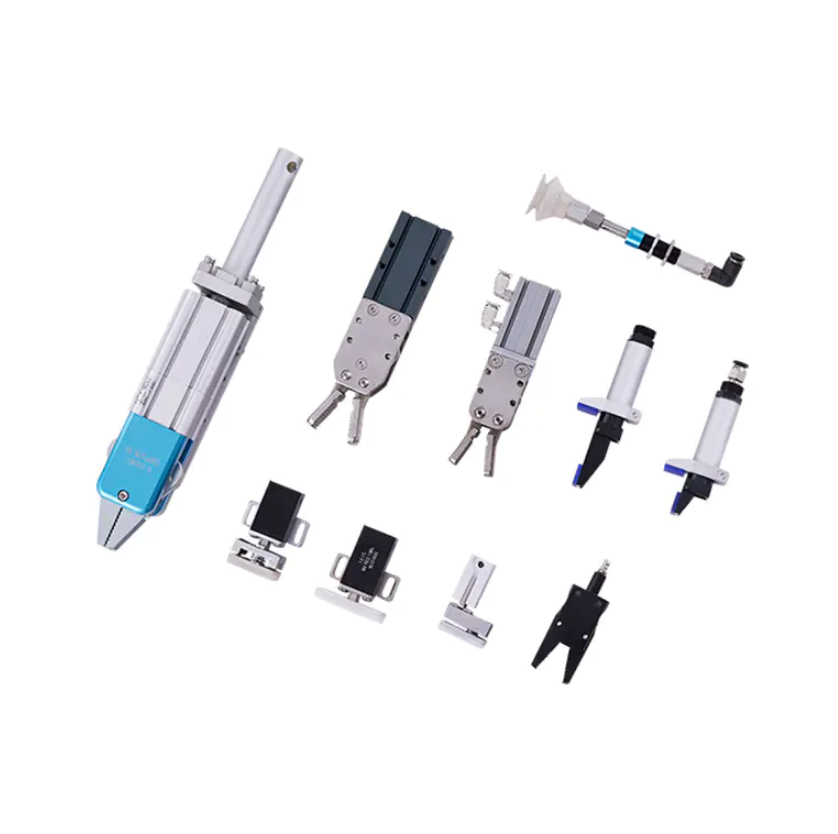Manipulator parts are essential components of robotic systems that enhance automation and precision in various industries. These parts are designed to work together to create efficient mechanisms capable of performing tasks such as lifting, moving, and assembling objects. The key elements of a manipulator typically include the arm, joints, end effectors, and control systems.
The arm of a manipulator provides the necessary reach and flexibility. It is usually constructed from lightweight materials that can withstand considerable stress while maintaining agility. Joints, which can be rotational or linear, enable the arm to move in multiple directions, mimicking human-like movement. The design of these joints plays a crucial role in determining the range of motion and overall functionality of the manipulator.
End effectors are the tools attached to the end of the manipulator arm, responsible for interacting with objects. These can vary widely depending on the application, ranging from grippers and suction cups to welding torches and paint sprayers. The choice of end effector significantly influences the efficiency and effectiveness of the manipulator in specific tasks.
Control systems are vital for coordinating the movements of the manipulator. They allow for precise programming and operation, enabling the manipulator to execute complex tasks autonomously or in conjunction with human operators. Advances in technology have led to the development of sophisticated control algorithms that improve the responsiveness and accuracy of manipulators in dynamic environments.
In summary, understanding the components of manipulators is essential for optimizing their use in industrial automation. As technology continues to evolve, so too will the capabilities and applications of these vital systems.


